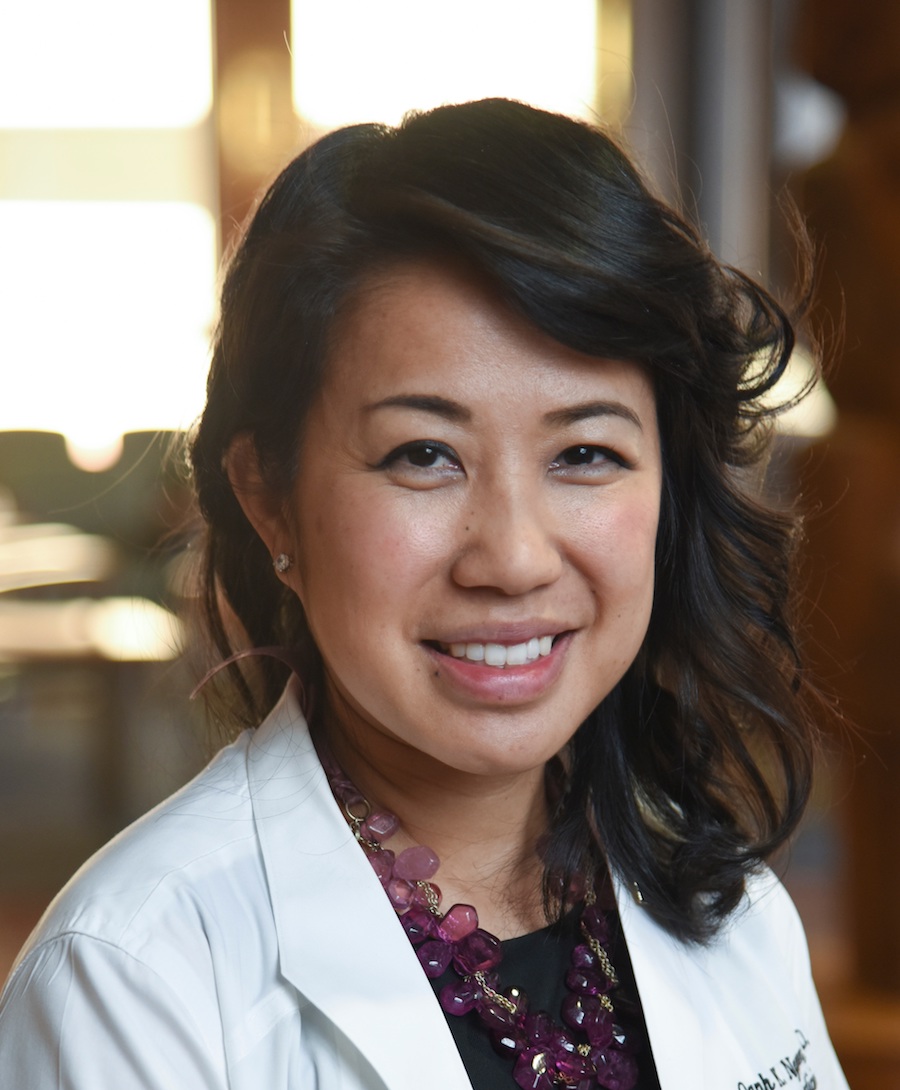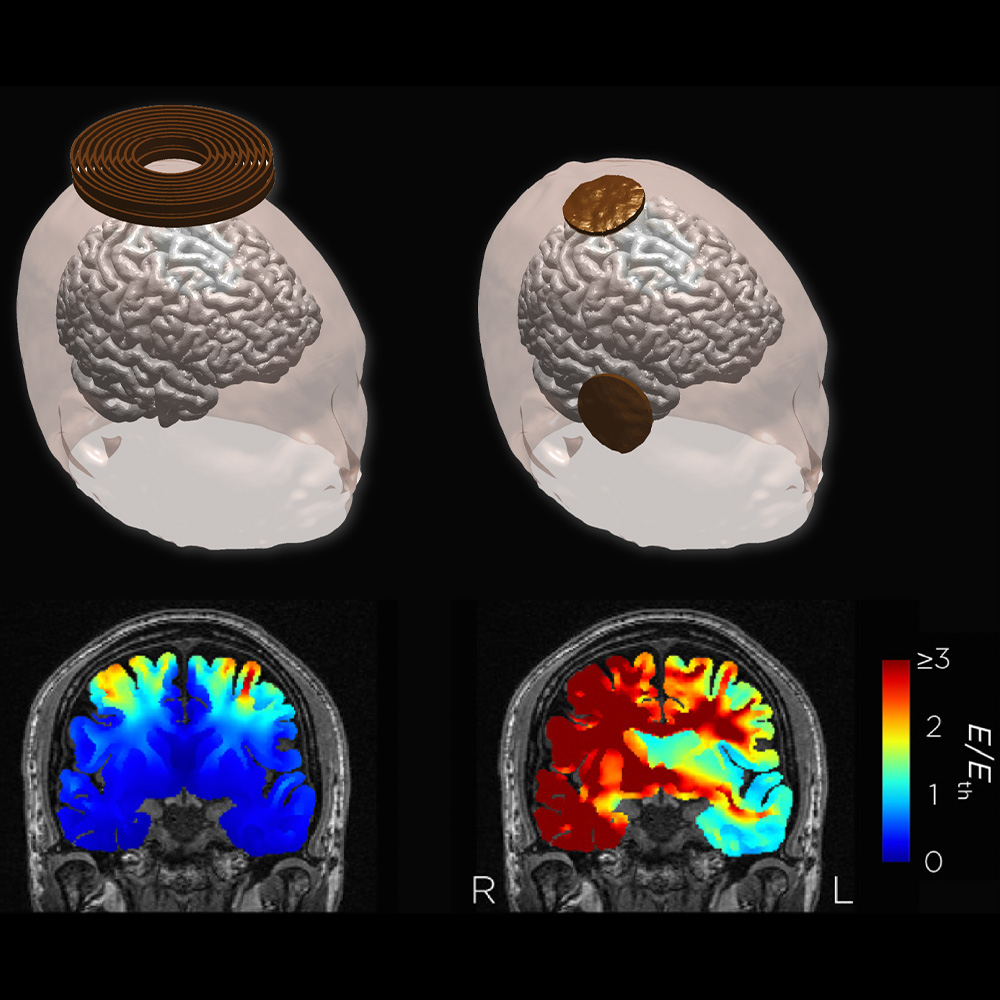Financial strain has major impact on patients’ health care decisions

DALLAS – May 8, 2018 – Financial strain is the single most important factor in making health care decisions for low-income individuals, who often forgo care in favor of basic needs like food and rent, researchers in UT Southwestern’s Center for Patient-Centered Outcomes Research (PCOR) found.
In addition, low-income individuals are often reluctant or too embarrassed to discuss their financial hardships and constraints with caregivers during office visits. As a result, physicians and caregivers frequently misinterpret that choice as noncompliance with medical care.
“Financial strain is the burden that prevents many low-income patients from being able to take better care of themselves,” said lead author Dr. Oanh Nguyen, Assistant Professor of Internal Medicine and Clinical Sciences at UT Southwestern Medical Center. “This financial strain can cause nonadherence to physician recommendations that appear to reflect a patient’s lack of engagement in care. However, this ‘nonadherence’ is actually the result of rational and difficult trade-offs to cope with financial strain.”
To combat the reluctance to discuss financial strain, physicians should take the lead in recognizing and “diagnosing” financial strain, the authors recommended.

“We believe our findings will help physicians better recognize the signs and symptoms of financial strain in patients, so that they can create a safe environment for patients to overcome their embarrassment by discussing these concerns and work with their patients to develop the best plan of care that works within the patient’s financial means,” said Dr. Nguyen. “For instance, discussing which medications cost more or less and which are safe to skip or stretch if necessary.”
Researchers conducted 12 focus groups among individuals seeking services at Crossroads Community Services, a local nonprofit organization providing food assistance and other support to low-income families in Dallas. Most participants were in their 40s and 50s. Sixty-seven percent were women, 5 percent were white, 38 percent were black, and 56 percent were Hispanic. Findings from the PCOR study appear in the Journal of General Internal Medicine.
Next steps include development of analytic algorithms to help health care teams recognize when an individual may be unable to adhere to medical recommendations due to the presence of financial strain and other unmet basic needs.
Other UT Southwestern researchers involved in the study include: Dr. Anil N. Makam, Assistant Professor of Internal Medicine; Dr. Simon Craddock Lee, Associate Professor of Clinical Sciences; Dr. Robin T. Higashi, senior staff scientist in the Department of Clinical Sciences; and Juan C. Mijares, research associate in the Department of Clinical Sciences. The study was funded through the Program for the Development and Evaluation of Model Community Health Initiatives in Dallas (PDEMCHID).
PCOR helps facilitate studies designed to ensure delivery of high-quality, patient-centered, evidence-based, equitable care. The Center was established through a grant from the Agency for Healthcare Research and Quality (AHRQ). AHRQ’s mission is to produce evidence to make health care safer, higher quality, more accessible, equitable, and affordable, and to work with the U.S. Department of Health and Human Services and other partners to ensure that the evidence is understood and used.
About UT Southwestern Medical Center
UT Southwestern, one of the premier academic medical centers in the nation, integrates pioneering biomedical research with exceptional clinical care and education. The institution’s faculty has received six Nobel Prizes, and includes 22 members of the National Academy of Sciences, 16 members of the National Academy of Medicine, and 14 Howard Hughes Medical Institute Investigators. The faculty of more than 2,700 is responsible for groundbreaking medical advances and is committed to translating science-driven research quickly to new clinical treatments. UT Southwestern physicians provide care in about 80 specialties to more than 100,000 hospitalized patients, 600,000 emergency room cases, and oversee approximately 2.2 million outpatient visits a year.




